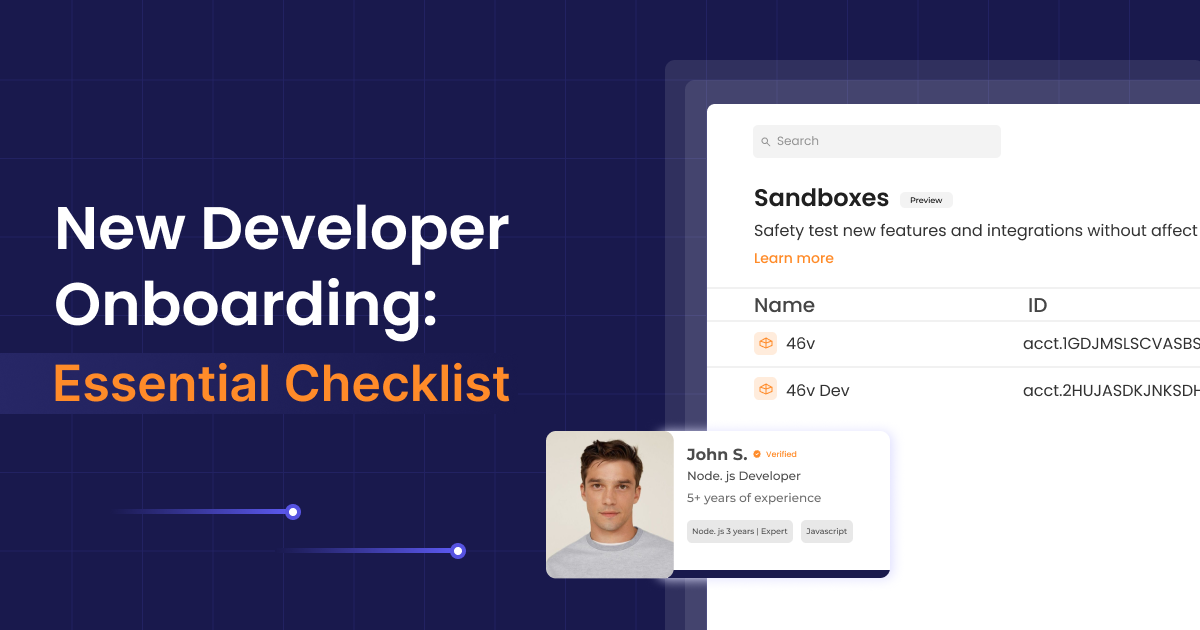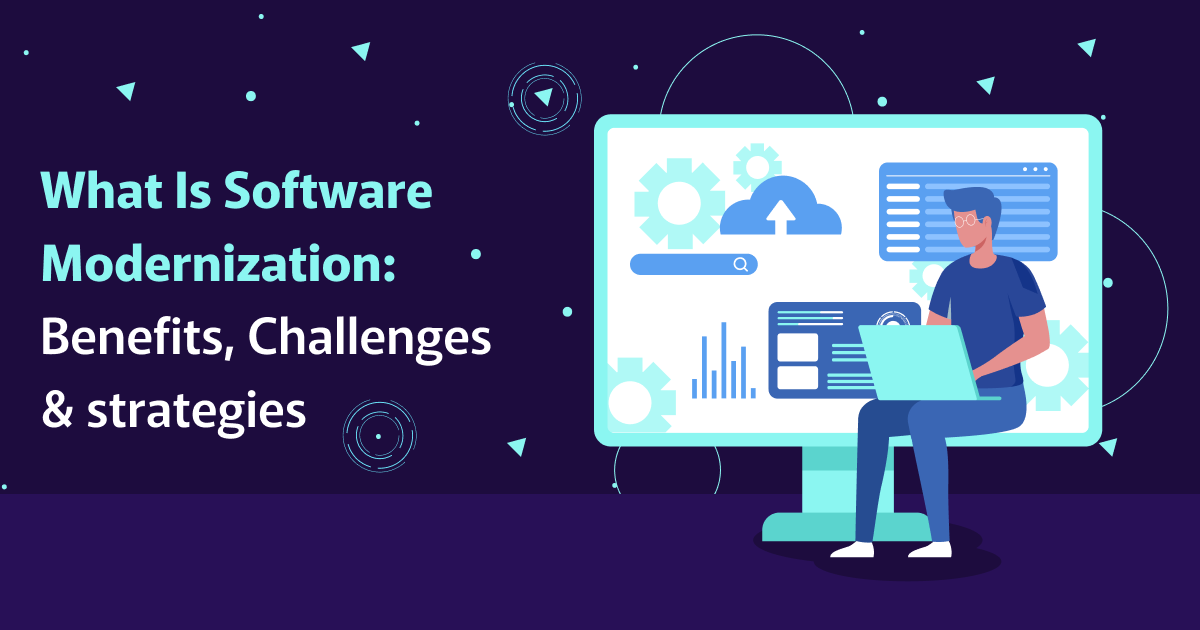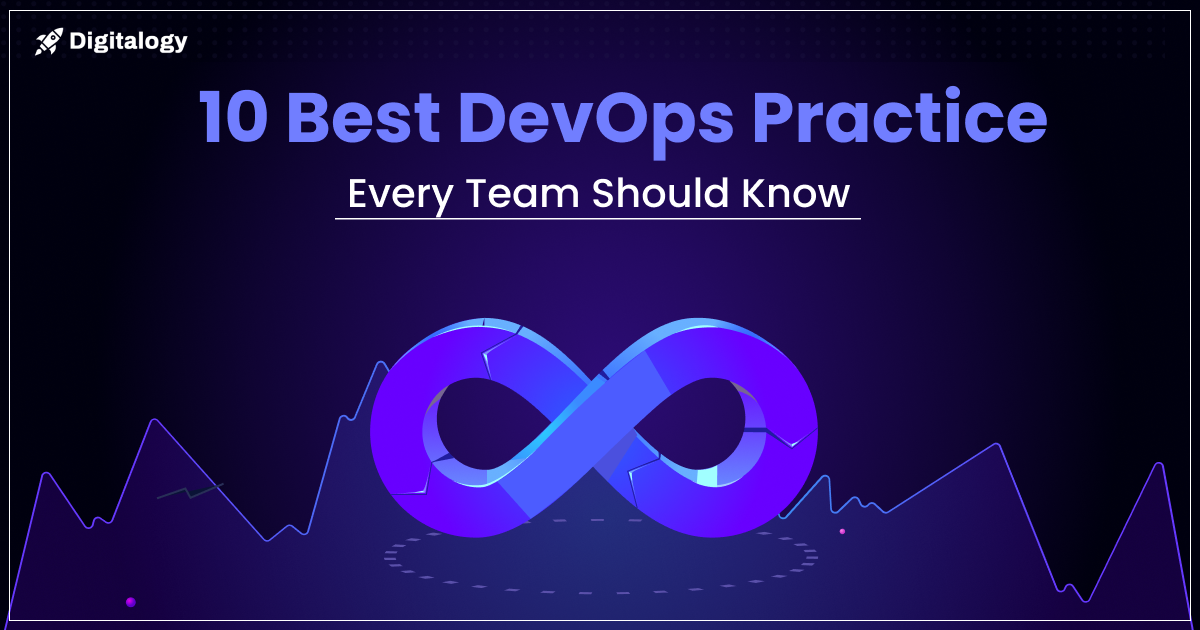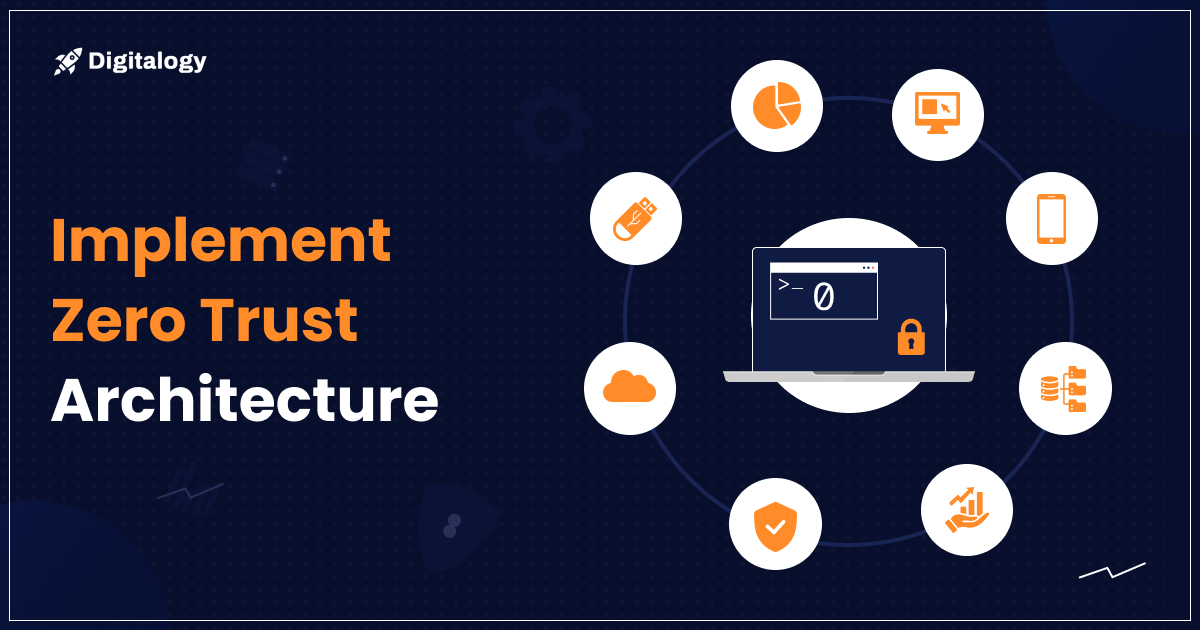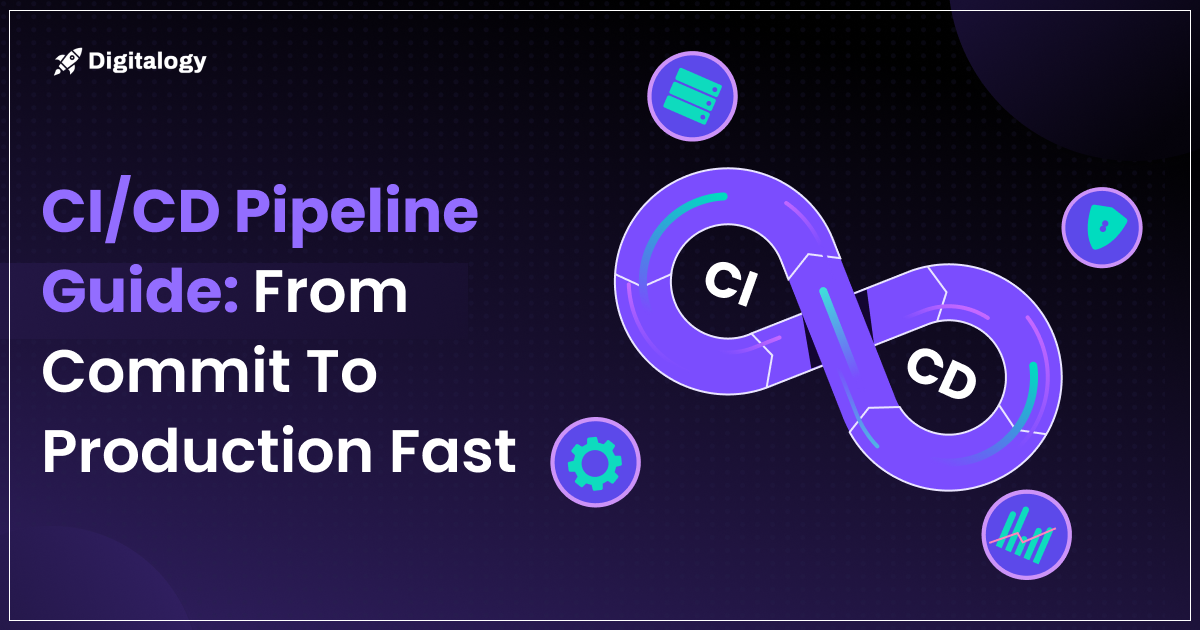Bringing a new developer onto your team is an exciting chance to grow and innovate. However, effective onboarding is key to helping them hit the ground running. Without a solid plan, onboarding can lead to frustration, lower productivity, and turnover. Get it right, and you’ll set the developer and your organization up for long-term success.
This guide breaks down every step of a great onboarding process, from prepping before they start to providing ongoing support. You’ll get practical tips to avoid common mistakes and create a smooth, empowering experience for your new hire. Whether it’s a junior developer just starting or a senior pro jumping into a big project, these tips will help you make their transition as smooth as possible.
The Importance of Effective Onboarding
According to studies, employees are 69% more likely to stay with a company for three years if they experience a great onboarding process. For developers, an optimized onboarding program enhances morale and accelerates their time to productivity. By committing to effective onboarding, you can align new hires with your company’s culture, tools, and processes while setting clear expectations for their role.
Pre-boarding Process
Begin setting up for your developer’s arrival before they even step through the door. A thoughtful pre-boarding process ensures you can hit the ground running on day one.
The first step you should take in facilitating this process is pre-onboarding — in other words, getting the workplace ready for the employee before they even arrive. This might include steps such as:
- Setting up access permissions to systems, equipment, and tools. This could include keycards, site access, and the proper admin powers on their assigned projects.
- Providing access to company information, policies, and resources — the proverbial employee handbook and any additional information they need on their first day.
An HR help desk can be particularly helpful with this second item. Modern HR help desk software often includes advanced AI tools that suggest expediting induction processes, admin and setup procedures, and policy documents. Most importantly, having a help desk software suite centralises these resources in one place, which means no hunting around to find the latest policy document or training materials.
1. Preparing Paperwork and Legalities
Handle administrative tasks like contracts, tax forms, NDAs, and employment verification beforehand. Invest in help desk software to automate this process and reduce friction. The last thing you want is delays that make your new hire feel unprepared or unappreciated.
2. Setting Up the Workspace
Ensure their workspace is ready, whether they’ll be in the office or remote. Provide a clean, functional desk, a powerful computer, and all necessary equipment or software for in-office hires. For remote hires, verify secure access to your company’s systems and ship equipment in advance. Address security and compliance protocols by ensuring proper VPNs, permissions, and two-factor authentication tools are in place.
3. Introducing the Team
Create an opportunity for the new hire to “meet” their colleagues before their first day, such as through a shared Slack channel, email introduction, or a team-building event. Establishing team rapport early helps the developer feel welcomed and connected to your organization.
The First Day Onboarding Experience
The first day is about creating a strong first impression and empowering your developer to start on the right foot.
1. Welcome and Introduction to Company Culture
Your developer’s first interaction with your company sets the tone for the rest of their tenure. Deliver a warm welcome and give them an overview of your company’s culture, mission, and core values. Consider assigning an onboarding buddy to make this transition even smoother.
2. Reviewing Job Responsibilities and Expectations
Clearly outline their role and responsibilities. Discuss specific tasks, ongoing projects, and performance expectations. This step reduces ambiguity and sets them toward achieving measurable goals.
3. Common Onboarding Problems to Avoid
- Overwhelming Information: Don’t bombard your developer with policies, tools, and expectations on the first day. Space out the information throughout the week.
- Insufficient Introductions: Ensure your new hire is integrated into the team effectively to prevent feelings of isolation.
- Unclear Goals: Undefined goals lead to confusion. Communicate performance metrics and job expectations upfront.
- Lack of Feedback: Schedule regular check-ins early to gauge how the developer is adjusting and address any roadblocks.
Setting Your Developer Up for Success
To set your developer up for long-term success, focus on these key areas:
Pre-Onboarding
A comprehensive pre-boarding checklist ensures all administrative and technical needs are handled. Use automation tools, like help desk software, to streamline this process and avoid delays.
Team Integration
Foster strong connections by hosting team lunches, pairing them with mentors, or arranging collaborative exercises during their first week. Strong team relationships will empower your developer to contribute confidently.
Performance Goals
Set clear, measurable goals for their position for weeks one, 30, and 90. Regularly review these targets and offer constructive feedback.
First Week Onboarding
The first week is when your developer will become familiar with the tools, team, and workflows. Here are some critical steps to include:
1. In-depth Training on Tools and Technologies
Provide hands-on training for essential tools. From project management software to version control systems, ensure your developer can use these tools effectively. Clarify security and compliance protocols to keep your company’s data secure.
2. Pairing with a Mentor
Assigning a mentor ensures they have a go-to person for questions, guidance, and feedback. This relationship can both accelerate learning and help assimilate them into your team.
3. Encouraging Questions and Feedback
Create an open communication channel where your developer feels comfortable asking for clarification or sharing feedback. Active listening and engagement at this stage help to build trust.
4. Ongoing Support and Development
Onboarding doesn’t end after the first week. Providing ongoing support and attention ensures your developer’s continued satisfaction and performance.
5. Regular Check-ins and Performance Reviews
Schedule regular one-on-one meetings to review progress, address challenges, and provide feedback. This creates a consistent line of communication for ongoing support.
6. Opportunities for Skill Development and Training
Offer access to additional resources, such as online courses, certifications, or workshops. Encourage your developer to expand their skill set so they can grow within your company.
7. Encouraging Team Collaboration
Foster collaboration through cross-functional projects, brainstorming sessions, or peer code reviews. Engaged teams perform better, and collaborative dynamics can inspire innovation.
Long-term Benefits of a Great Onboarding Process
A well-constructed onboarding process delivers measurable returns:
- Improved Retention: Developers who feel valued and supported will likely stay long-term.
- Higher Productivity: Clear tools, expectations, and training maximize efficiency.
- Team Cohesion: Effective onboarding builds trust and collaboration among team members.
By dedicating time and resources to perfecting your onboarding strategy, you create a foundation for success. Are you ready to transform your onboarding process? Level up your approach with automation tools that simplify pre-boarding tasks. Start by streamlining your onboarding procedures today.
How Digitalogy Can Help You Hire Top Developers Faster
Digitalogy connects you with elite, hand-picked developers, engineers, and tech experts in days, not weeks. Our rigorous vetting process ensures you get access to the top 5% talent, matched to your project’s needs. Skip the long hiring process and focus on building your product. Get started with Digitalogy today and onboard your next developer with confidence.

